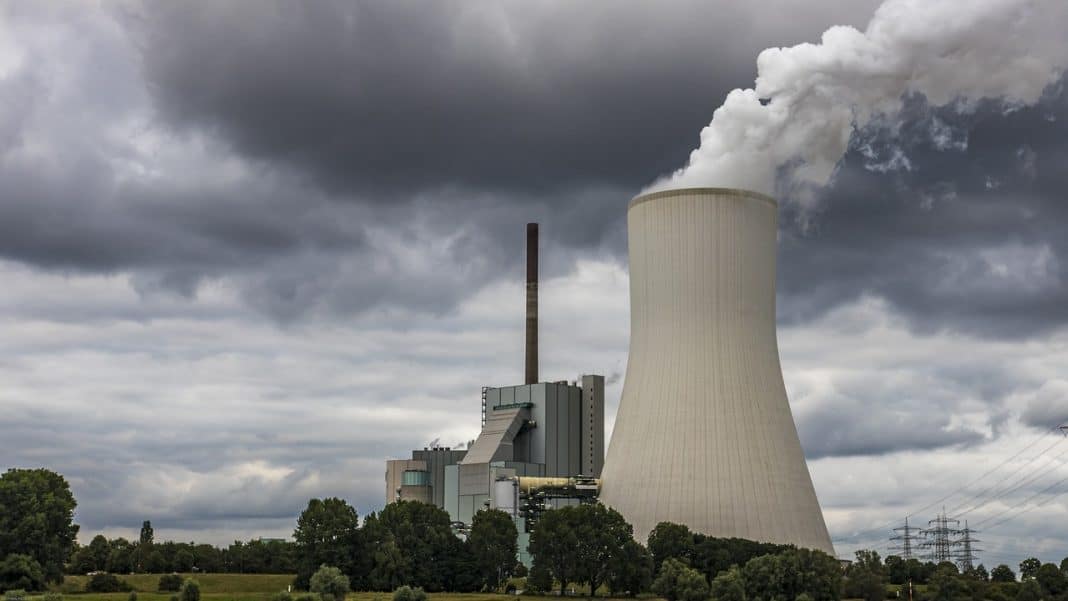To reduce carbon emissions, China looks to limit carbon allowances and raise the cost of pollution.
Under China’s current policy, carbon allowances are lenient. In fact, this past year, China gave allowances for 4.5 billion tons of carbon to 2,200 power firms.
These allowances accounted for 40% of China’s total carbon emissions.
Is it possible for China to limit carbon allowances?
Some analysts are skeptical and believe that lowering it to anything beyond -0.5% won’t easily be accepted by the power sector.
So, for China to meet current climate goals, regulators will have to find a way to balance climate objectives and power-industry interests. The carbon market may play a bit of a role here.
China’s national carbon trading market.
To reduce emissions, UBS Group AG thinks that carbon trading will help China decarbonize. They predict it could be worth 500-billion yuan, which is $79 billion.
And, if carbon prices continue to increase, that figure could quadruple, rising to two trillion yuan, or $316 billion.
China’s official national carbon trading market launched in July of 2021. It is called the National Emissions Trading Scheme (ETS). Right now, ETS’ focus is on the power sector.
China’s climate goals.
At COP26, China agreed to work with the United States on an ambitious climate action plan. Both acknowledged that they needed to do more to reduce carbon emissions, but details were not provided.
In a joint statement, China and the United States said that they will “recall their firm commitment to work together” and close the “significant gap” that remains to reach environmental targets.
It is important to note that China is the largest carbon emitter globally, followed by the US and India. So, if China were to cut carbon allowances for the power industry, it would be a huge victory.
China hopes to peak carbon emissions by 2030 and achieve net-zero emissions by 2060.


